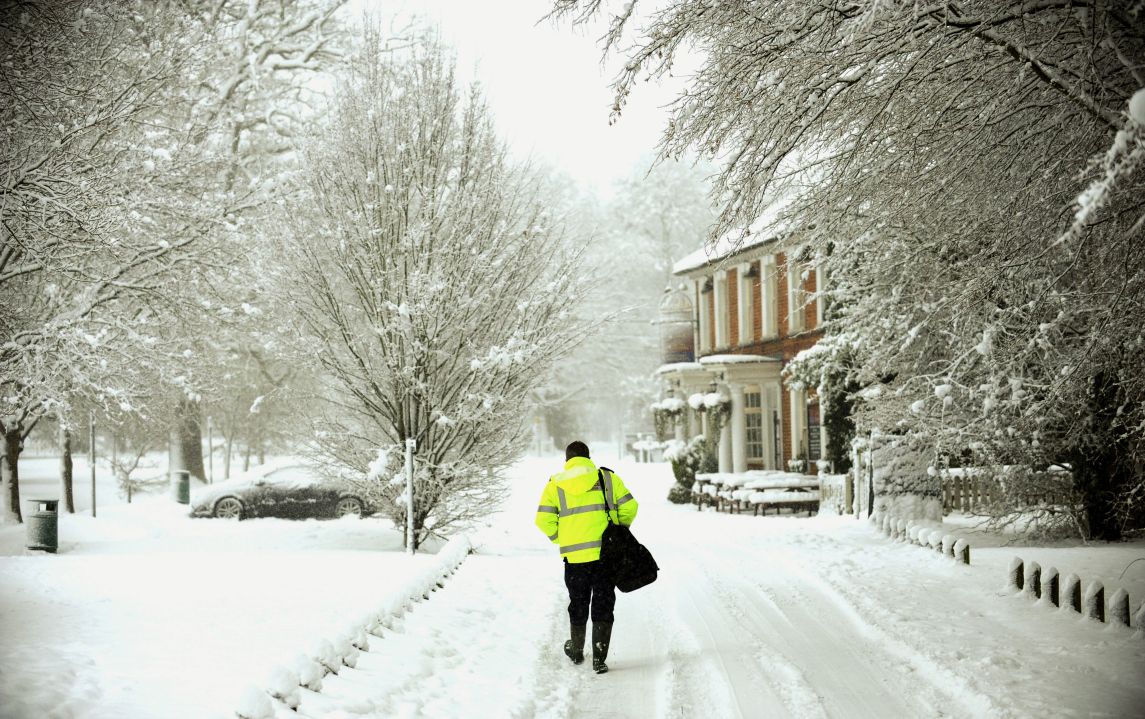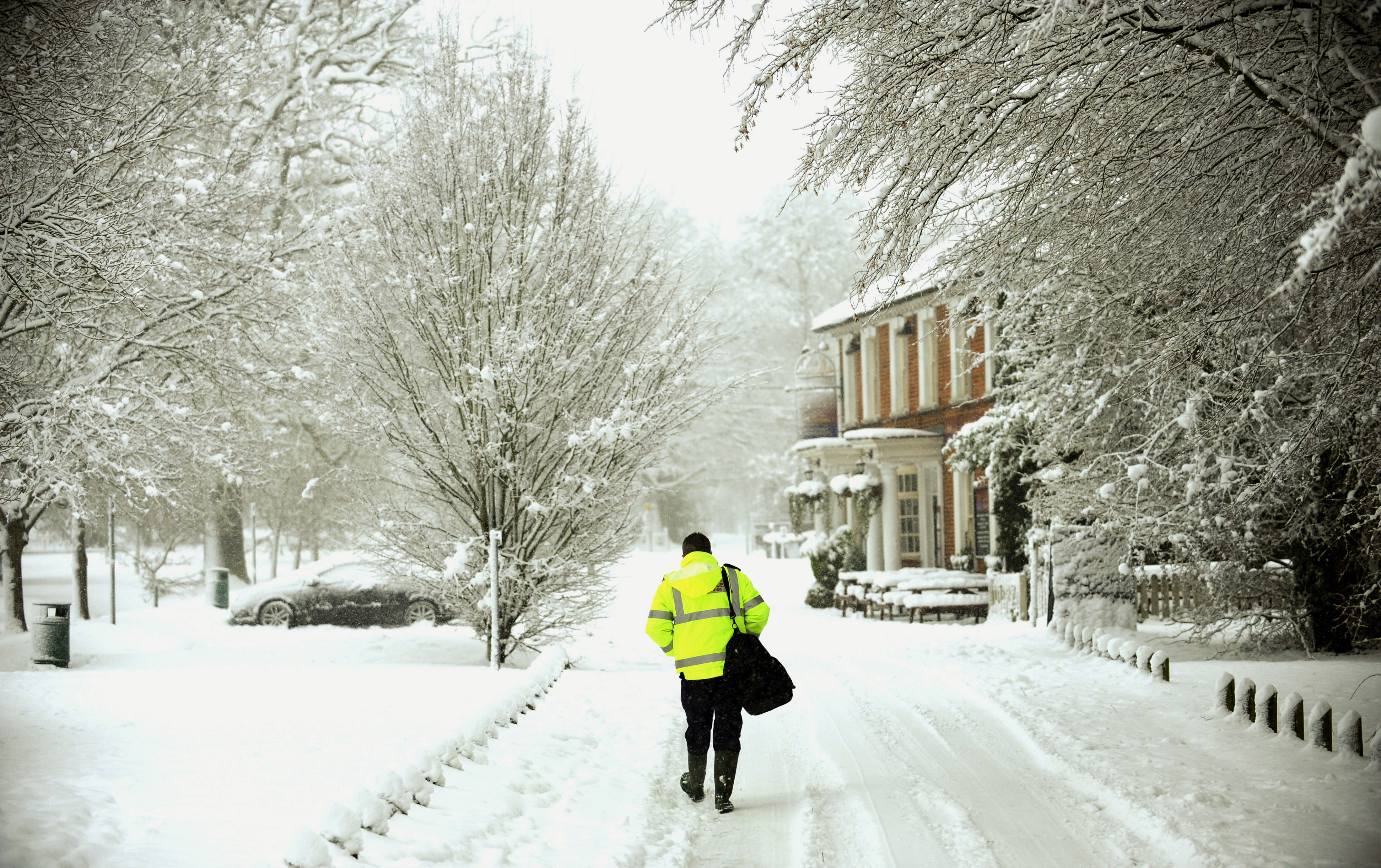English NHS ambulance services are spending twice as much on private ambulances than they were in 2012, according to Labour, while response-times have lengthened and ambulance staff appear increasingly disgruntled.[audioplayer src=”http://traffic.libsyn.com/spectator/TheViewFrom22_28_August_2014_v4.mp3″ title=”Julia Manning joins Mary Wakefield and Fraser Nelson to discuss the 999 crisis.” startat=50]
Listen
[/audioplayer]
So there’s something else to blame on the Tory government, lest anyone feared a shortage. Shadow Health Secretary Andy Burnham lost no time in charging that ‘these figures show just how quickly the NHS is changing under David Cameron.’
Perhaps. Spectator subscribers, however, know the ambulance troubles are more complex than just miserly Tories and creeping NHS privatisation. Assuming, that is, they caught Mary Wakefield’s inside-look (literally) at the issue in our July 19 issue.
About seven minutes after I called 999, the first paramedic arrived on a motorbike. As he knelt down, T’s eyes opened. A short while later an ambulance arrived and a second paramedic ran through a series of checks. Not a seizure at all, he said, just a sudden, dramatic drop in blood pressure — but we’ll take Tom to hospital to make sure. I can still see the scene: T drooping and bloody, around him the men in green. I felt the sort of surge of gratitude that welds a person forever to the idea of the NHS. To have somewhere to turn when you’ve reached your wits’ end, to be able to call for help without fretting about debt, seemed suddenly to be the very pinnacle of civilisation.
T’s incident was a fortnight ago, but the relief remains, which is why I noticed and read a story last week about a crisis among London’s paramedics. Figures from the London Health Board showed that 238 people left the London Ambulance Service (LAS) in 2013–14. Only 80 left in 2011–2012. That’s an extraordinary increase. Thirty paramedics left in May 2014 alone. I read the whole report which suggested, almost casually, that there could be 600 frontline vacancies across the LAS by the end of this year. Six hundred paramedics down! Why is no one taking this more seriously?
Mary being Mary, she set off to find out for herself.
The LAS’s official explanation is that London is expensive and salaries are slim. Paramedics in the capital need more money. But I feel there’s more to this than just cash. Buried in an appendix to the Health Board report is an interesting little table, showing the results of a survey of those paramedics who chose to leave, and as it turns out very few of them mention either pay or stress. Most have chosen not to explain why they’re off. The ‘reasons’ column is simply marked: not known. And those unknowns have cast my mind back to a conversation in the back of the ambulance that day.
All three men — two paramedics and a medically trained ambulance driver — had signed up with a feeling of vocation they said, a desire to help in some way. Pay, though important, wasn’t the point. So what are the downsides of the job? I asked.
Their answers went beyond the black-and-white, good-versus-privatised sniping that dominates so much of Britain’s public-health discussions. The short version: it’s not all David Cameron’s fault. Mary followed up in August with a cover-story on the 999 crisis, after having been ‘swamped by emails and letters from desperately unhappy paramedics.’ The takeaway:
The London Ambulance Service top brass claim to be concerned about the crisis in their service, as well they should be. . . . Paramedics are the canaries in the coal mine of 999. They’re dropping out because the whole system is poisonous.
Her analysis doesn’t fit neatly onto any partisan campaign posters. Then again, worthwhile treatment of complex issues rarely does.







Comments